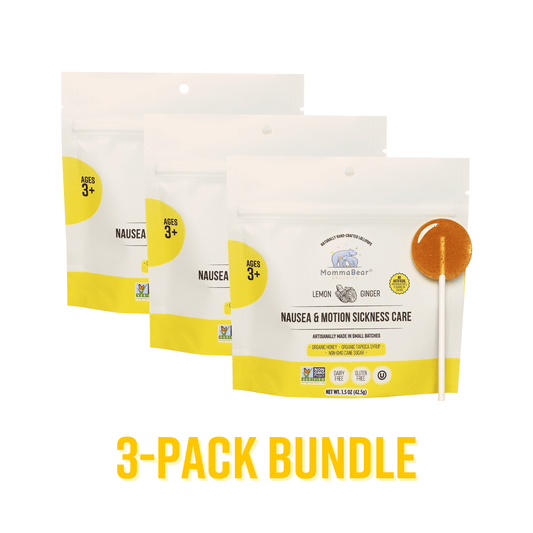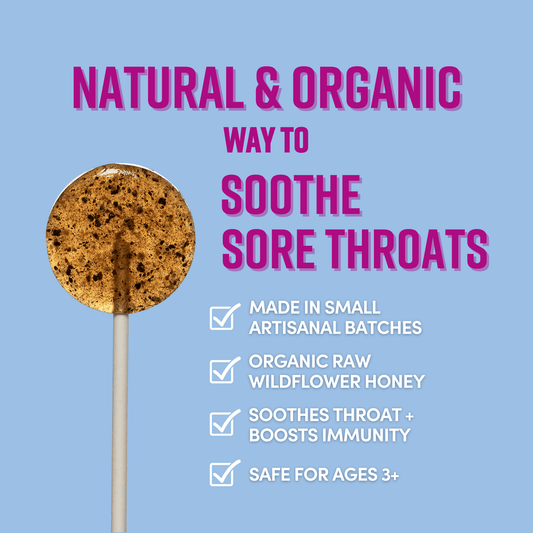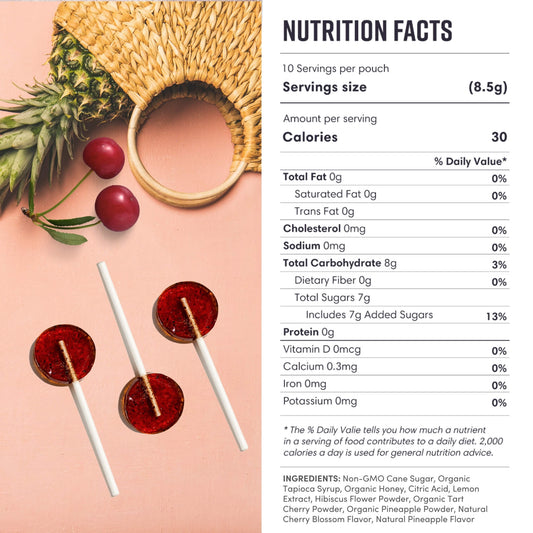I’ve been thinking a lot lately about where our sweets come from. It’s not just about the sugar or the ingredients, you know? It's about the whole journey from farm to factory to our pantry. It’s a bit overwhelming to think about, honestly. But I’ve been learning that some candy makers are actually trying to do better for the planet, which gives me some hope.
It turns out there are real, concrete things that can be done. Here’s some of what I’ve been digging into:
-
Energy-efficient equipment: Just using smarter machines that don't waste so much power.
-
Local and organic sourcing: Getting ingredients from nearby farms that don't use a bunch of chemicals.
-
Small-batch production: Making candy in smaller amounts, which sounds simple but really helps.
-
Emissions control systems: Basically, cleaning the air that comes out of the factories.
-
Water and waste reduction: Using less water and creating less trash, especially with packaging.
It’s all a work in progress, for us and everyone else, but it feels like a step in the right direction.
Making 'Climate Candy' From Upcycled Fruits and Veggies ...
1. Energy-Efficient Equipment Updates
You wouldn’t believe how much energy it takes to make candy. All the heating and cooling and mixing… it’s a ton. For a long time, I just assumed that’s how it was, but then I started learning about how much of that energy is just wasted. Upgrading the machines you use can make a huge difference, not just for the planet but for the candy itself.
Smart Temperature Control Systems
This is one of those things that just makes so much sense once you hear about it. It’s kind of like having a smart thermostat for your candy kitchen. Instead of just running full blast all the time, these systems only use energy when they absolutely have to. They keep the temperature just right, which means less waste and, honestly, better, more consistent candy.
Heat Recovery Systems
This is pretty clever. When you’re making candy, you create a lot of waste heat. I mean, it just floats off into the air. But this new equipment can actually capture that heat and use it for something else in the building. It feels like the ultimate form of recycling—recycling energy itself. It lowers the whole carbon footprint of the place.
Smaller Batch Processing Systems
Okay, this one is obviously close to my heart. We've always made our lollipops in small batches because it just feels right, more personal. But it turns out it’s also way better for energy use than those giant, factory-style methods. The systems are smaller, heat up and cool down faster, and just don’t demand as much power. It’s a perfect example of how doing things with care can also be the smartest way.
I used to think all this tech stuff was just for the big guys, but it’s really about being thoughtful, no matter your size.
2. Local and Organic Ingredient Sourcing
So, after you figure out the machines, the next big thing is where your ingredients are actually coming from. This seems so obvious to me now, but I didn't always think about it. Sourcing stuff from farms that are close by and grow things organically… it just makes sense, right? It’s a huge piece of the puzzle in making candy that you can feel good about.
Reducing Transportation Emissions
Think about how far some ingredients have to travel. Thousands of miles, sometimes. All that shipping burns a ton of fuel. When you work with local farmers, you cut all of that out. The ingredients are fresher, you’re supporting your community’s economy, and you're not adding all those emissions to the air. It’s a simple change that has this huge ripple effect.
Encouraging Eco-Friendly Farming
And the way the ingredients are grown matters so much. Organic farming isn't just a label; it's a whole different way of thinking about our relationship with the earth. Here’s the kind of stuff it means:
-
Using natural pest control instead of chemical pesticides
-
Practicing crop rotation to maintain healthy soil
-
Limiting fossil fuel-based fertilizers
-
Conserving water through efficient techniques
We have this line on our website that sounds a bit formal, but the idea behind it is really simple and comes from the heart.
"By minimizing the distance between our production facilities and our primary market, we significantly reduce the need for long-distance transportation of goods. This reduction in transportation not only lowers our carbon footprint but also decreases the environmental impact associated with logistics, such as fuel consumption and greenhouse gas emissions." – MommaBear Organics
Streamlining Supply Chains and Ensuring Quality
It’s all connected, you see. When you partner with farmers who care about sustainability, and you use packaging that’s better for the earth, it all adds up. You’re building something that’s good from the ground up.
I made this little table for myself to keep it all straight in my head.
| Sourcing Aspect | Environmental Benefit |
|---|---|
| Local Suppliers | Cuts emissions from transportation |
| Organic Ingredients | Reduces reliance on harmful chemicals |
| Sustainable Packaging | Lowers waste and landfill impact |
3. Small-Batch Production Methods
This is my favorite part to talk about because it’s what we do. Making candy in small batches feels more like cooking in your own kitchen than running a factory. It’s just… better. And it turns out, it's a really good way to lower your carbon emissions because you use less energy and create so much less waste.
When you do things on a smaller scale, you have so much more control. You only run the equipment when you need it, and you can watch every single batch to make sure it’s perfect. If something goes wrong, you spot it right away instead of wasting a mountain of ingredients.
Here’s a simple way I think about it:
| Production Aspect | Environmental Impact | Quality Benefit |
|---|---|---|
| Batch Size Control | Less energy waste | More consistent products |
| Equipment Usage | Reduced power consumption | Improved process oversight |
| Resource Management | Lower ingredient waste | Better quality control |
| Production Scheduling | Increased energy efficiency | Faster issue resolution |
It’s about being mindful. We chose this path because we wanted to make a product that felt handcrafted and full of care.
"Each of our organic lollipops is a testament to artisanal quality and craftsmanship. Unlike mass-produced candies, our lollipops are crafted in small batches, ensuring attention to detail and consistency in every batch." - MommaBear Organics
It also lets us be really careful with everything. We can be more precise with temperatures and timing, and we don’t have to make huge amounts based on some forecast. We can just make what we need. This is especially important with organic ingredients; you want to handle them carefully so nothing goes to waste.
-
Precise control over temperature and timing
-
Flexible production schedules based on demand
-
Better ingredient preservation
-
Focused quality control measures
sbb-itb-e1a023f
4. Emissions Control Systems
Okay, this part gets a little science-y, but stick with me. It’s basically about cleaning up the air that comes out of candy factories. I was reading about these huge companies, like Mars, and they have these really advanced systems… they sound complicated, but I guess they work like a super-powered filter that can remove up to 98% of certain pollutants. Pretty amazing.
I saw this one stat that blew my mind: a candy company in Ohio cut its emissions by 82%. They said it was like taking 540 cars off the road. When you think about it in those terms, it’s huge. It makes you realize that these factories can either be a big part of the problem or a big part of the solution.
And it’s not just for the giants. Even for a smaller company like us, there are things we can do. I learned about these things called catalytic oxidizers and scrubbers. They’re smaller and more affordable, but they still do a great job of cleaning up the air. It proves you don’t have to be a massive corporation to make a real difference. It’s about finding the right tools for your size and just deciding to do it.
5. Water and Waste Reduction
So after you’ve thought about the machines and the air, there’s still the water and, you know, all the trash from packaging and leftover ingredients. It’s a whole cycle, and every part of it matters.
Some places are starting to use these smart systems to recycle the water they use for production and cleaning. It’s a simple idea, but it saves a ton of water over time. And then there's the packaging! Don't even get me started. We've been looking into recyclable and biodegradable options for ages. It’s a journey, for sure, finding materials that are good for the planet but also keep our lollipops fresh and safe.
Making things locally helps with this stuff, too. You have a closer eye on everything, so you can catch waste before it happens and you’re not shipping things back and forth all over the country.
Equipment and Methods Comparison
I found this table comparing small-batch to big factories, and it kind of lays out the different ways of thinking.
| Aspect | Small-Batch Production | Large-Scale Manufacturing |
|---|---|---|
| Energy Efficiency | Relies on simpler energy systems | Utilizes advanced energy-saving technologies |
| Waste Generation | Produces less waste through precise quality control | Generates more waste but often integrates recycling systems and strict controls |
| Ingredient Sourcing | Focuses on local and carefully managed sourcing | Depends on bulk purchasing and extended supply chains |
| Equipment Efficiency | Uses traditional tools with limited emissions control | Employs advanced equipment with comprehensive emissions management |
| Quality Control | Allows for quick adjustments with hands-on precision | Ensures consistent results through automated systems |
Neither way is perfect, I guess. We love the hands-on, careful approach of small-batch production. The big guys have the resources for fancy tech. I think the goal is for everyone, big or small, to just keep asking, "How can we do this a little bit better?"
Conclusion
It’s a lot to think about, isn’t it? Sometimes I just want to make a good lollipop that makes a kid happy. But then I remember that how we make it matters just as much as the final product. It’s not about being perfect... I mean, we're definitely not perfect, and we’re still learning every day. It’s more about trying to be a little more thoughtful, a little kinder to the earth.
I think that's what MommaBear is really all about, deep down.
"Our organic lollipops are designed to be more than conventional sweets. They serve as a source of comfort, providing a moment of tranquility in today's hectic lifestyle." - MommaBear Organics
Maybe that tranquility comes from knowing something was made with care. Not just for you, but for the world we all share. It's a nice thought, anyway.
FAQs
How do energy-efficient equipment upgrades help candy manufacturers reduce their carbon footprint?
Yeah, this is a big one. Basically, a lot of the old candy-making machines are like old cars… they just guzzle energy. Upgrading to newer stuff means you're not burning as much fossil fuel to get the power you need, which means fewer of those greenhouse gases going up into the air. Plus, it actually saves money in the long run on electricity bills, so it's a win-win, really. It just makes sense.
How does using local and organic ingredients help reduce the environmental impact of candy production?
Oh, in so many ways. First, when you buy local, you’re cutting out all the pollution from trucks or planes that would have to bring those ingredients from far away. That's a huge deal. And with organic ingredients, the farms aren't using synthetic pesticides and fertilizers that can harm the soil and get into the water. So you're supporting a way of farming that’s much healthier for the whole ecosystem.
Why is small-batch candy production often seen as a more sustainable approach than large-scale manufacturing?
Well, I’m a bit biased here, but I really believe it is. When you're making smaller amounts, you just have more control. You waste fewer ingredients because you can catch mistakes right away. You use less energy because you're not running giant machines all day long. It also encourages you to be more thoughtful about where you get your ingredients, since you're not buying in such massive quantities. For us, it feels like a more mindful and less wasteful way to do things. It connects us more to the process.










